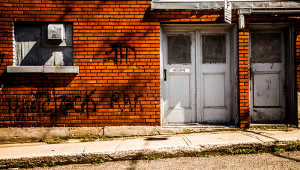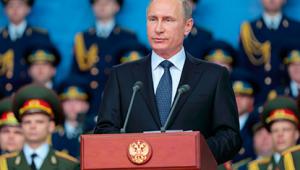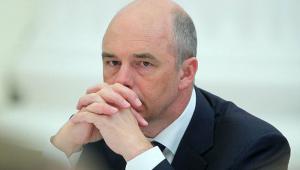In the first half of 2018, the number of people in poverty in Russia decreased by 1.1 million, according to the World Bank.
However, approximately 13% of the Russian population of 145 million people still live below the poverty line.
This is projected to average 12% over the next three years – which is still above the pre-crisis rate of 10.8% in 2013, the World Bank said.
But the report on Russia’s economy, released yesterday, highlighted that the government’s target to cut the poverty rate by half to 6.6% by 2024 “could still be achieved even under a modest growth scenario” of 1.5% annual growth.
GDP growth was 1.3% year on year in the first quarter of 2018 and 1.9% in the second, the report said.
The bank forecasts the growth rate to be between 1.5% and 1.8% for the 2018-2020 period.
Andras Horvai, World Bank country director and resident representative for Russia, said: “This [projection] assumes a significant improvement in coverage of the poor compared to the current social assistance system, and would be in line with other countries.
“Some of these additional funds could be replaced by savings through efficiency improvements in the current system.”
To meet the poverty reduction target, the World Bank said the Russian government must redistribute between 0.39% to 0.45% of GDP annually, through social assistance and transfers.
In March, president Vladimir Putin pledged to halve poverty in the country within the next six years. He said he would increase employment and longevity and that “every person matters to us”, in his annual state of the nation address.







